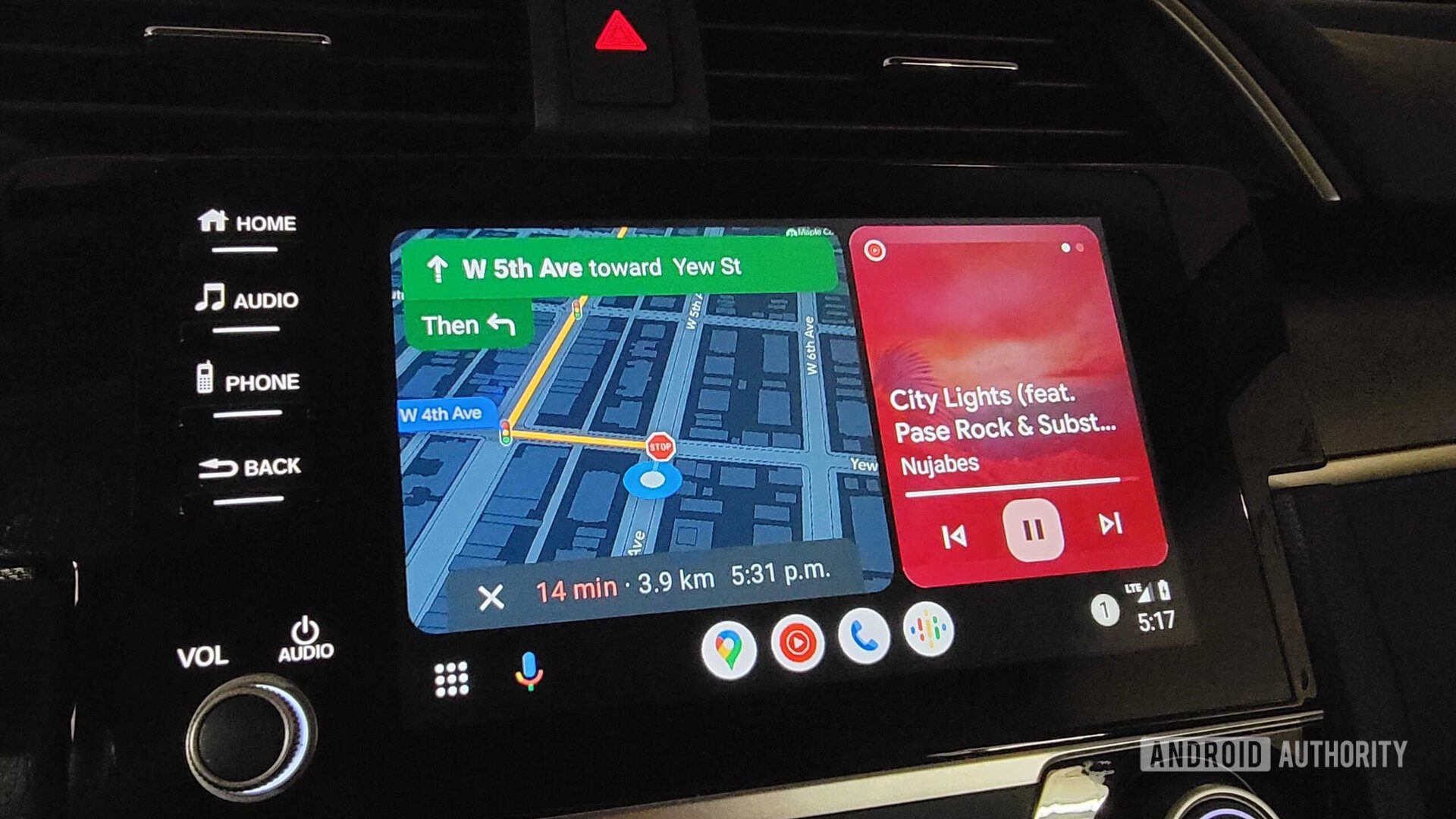Affiliate links on Android Authority may earn us a commission. Learn more.
Android Auto keeps disconnecting? Here's how you can try to fix it
Published onNovember 26, 2024
Android Auto is one of those functions that may be irrelevant for some people, but is absolutely essential for others — it’s what they use to drive to work or the gym, visit friends and family, or drop their kid off at school. If Android Auto keeps disconnecting from your vehicle, that’s a potentially serious problem, especially when it happens on an unfamiliar road. Here’s what you can do to fix it.
How to fix Android Auto disconnecting

If disconnects are an issue you’re having, then it is most likely related to the stability of your connection, but there can be software-related causes as well. Try running through the steps below in order, unless one of them jumps out at you — it could be that just seeing your options will help diagnose the situation.
- Double-check your USB, Wi-Fi, and/or Bluetooth connections. If your phone is connected to your vehicle via USB, the issue could be as simple as a loose cable, or some sort of debris jammed into one or both ports. Try cleaning out those ports and making sure both ends of the cable are firmly plugged in. You may also want to inspect for damage and/or try swapping in a different cable if you have one. If you’re lucky enough to have a car that supports wireless Android Auto, you’ll need to keep Bluetooth and Wi-Fi active, as well as reliable — it could be that one of them is flaking out.
- Disconnect other phones that might be paired with your car. If your partner has a connected phone, it could be that your vehicle is detecting that and switching sources when it’s not supposed to. You don’t necessarily have to do this through your dashboard — the other person can simply unplug their USB cable or shut off Bluetooth and Wi-Fi until a trip is over.
- Try updating Android Auto. While Auto is baked into devices running Android 10 or later, it still needs to be updated like any other Android app, and it’s possible that a bug is causing connection woes. Here’s how to update Android apps.
- Make sure Android Auto is configured to connect whenever possible. This probably won’t help if your connection is dropping mid-drive, but if it’s sometimes failing to connect in the first place, open your phone’s Settings app and search for Android Auto. There, select Start Android Auto automatically, and toggle the feature to Always. You’ll also want to enable Start Android Auto while locked.
- Clear out the app’s cache. While bad data shouldn’t normally impact your connection, it’s not impossible. On most Android devices, you can scrub Android Auto’s cache by going to Settings > Storage > Other apps > Android Auto and tapping on Clear cache.
- Restart your phone. This could potentially fix temporary caching and process-related problems in Android overall, not just Android Auto.
- Restart your vehicle’s dashboard interface/infotainment system. You probably won’t be able to do this easily without turning off the engine, but it can accomplish something similar to rebooting your phone — just on the vehicle’s end.
- Update Android as a whole. This is unlikely to matter if you’ve already updated Android Auto separately, but Android is a complex operating system, so it could be that bugs are interfering with behind-the-scenes components like Google Play Services. Update the OS if possible, as well as all individual apps and components. You’ll want to do this well before you get into your car, naturally. Assume the process will take at least 30 minutes and possibly much longer.